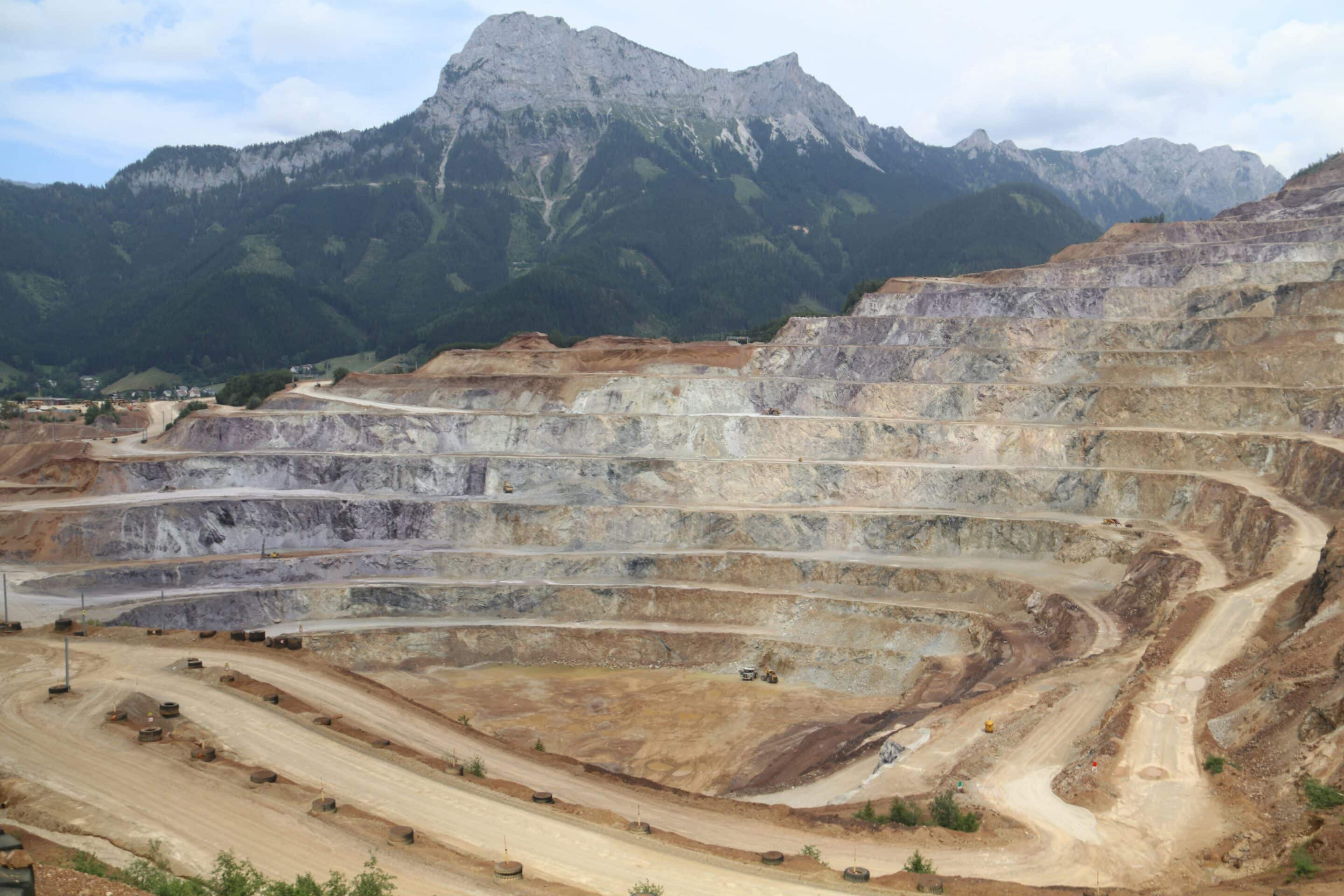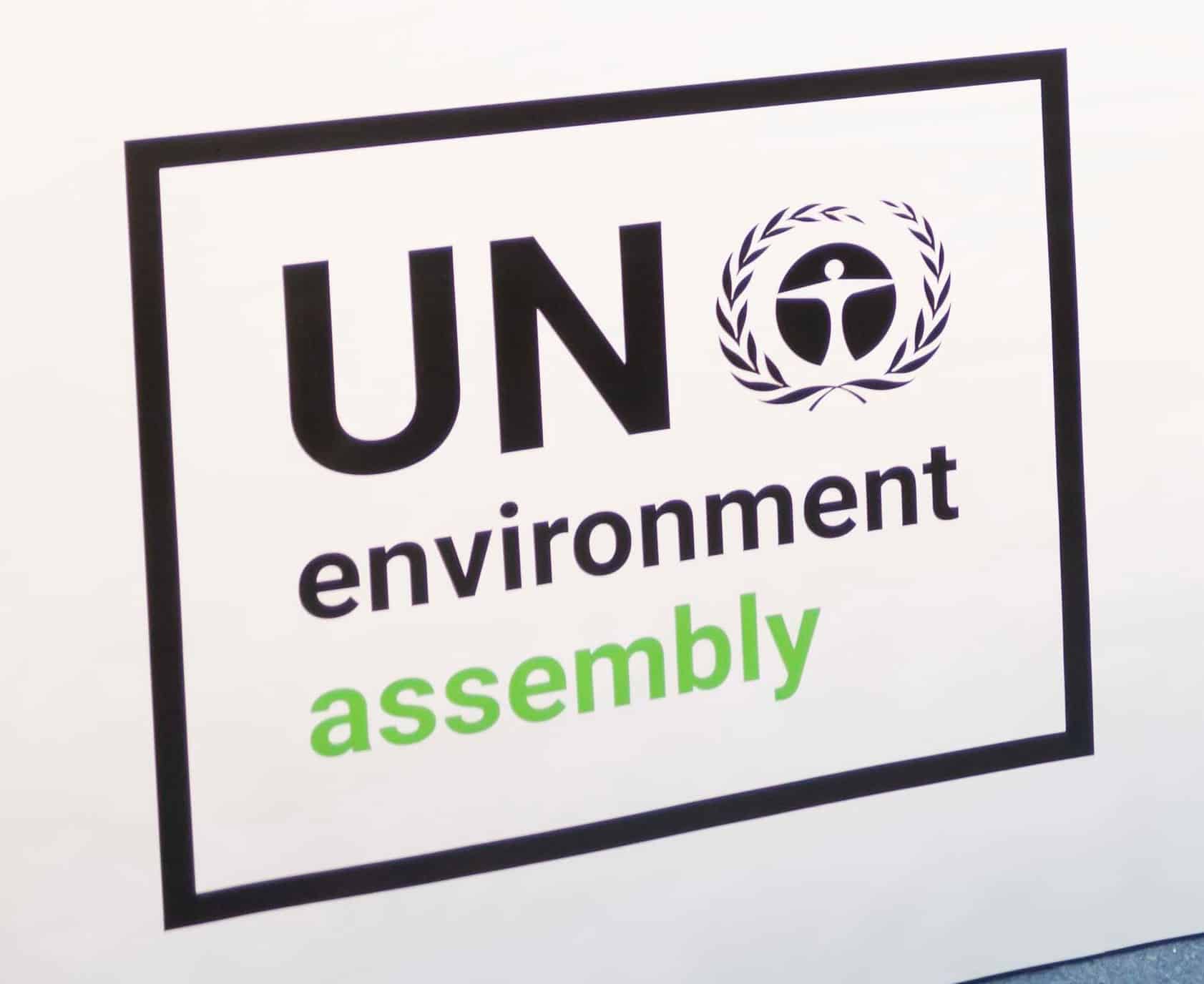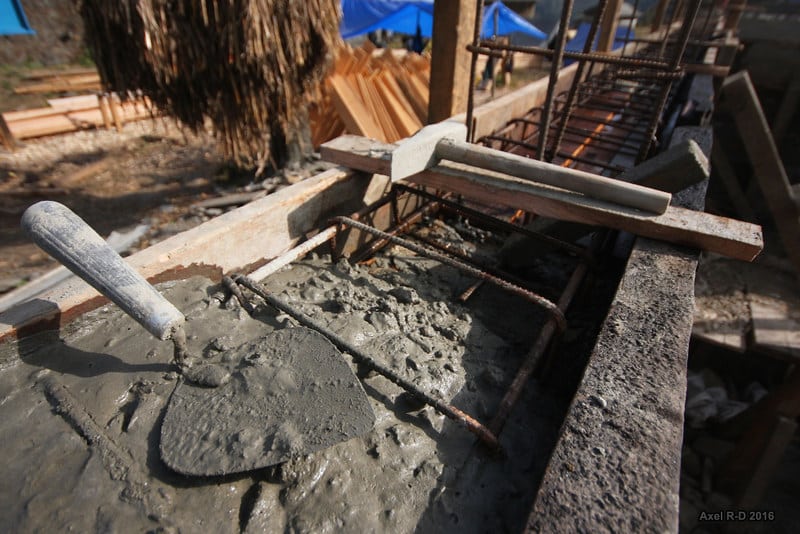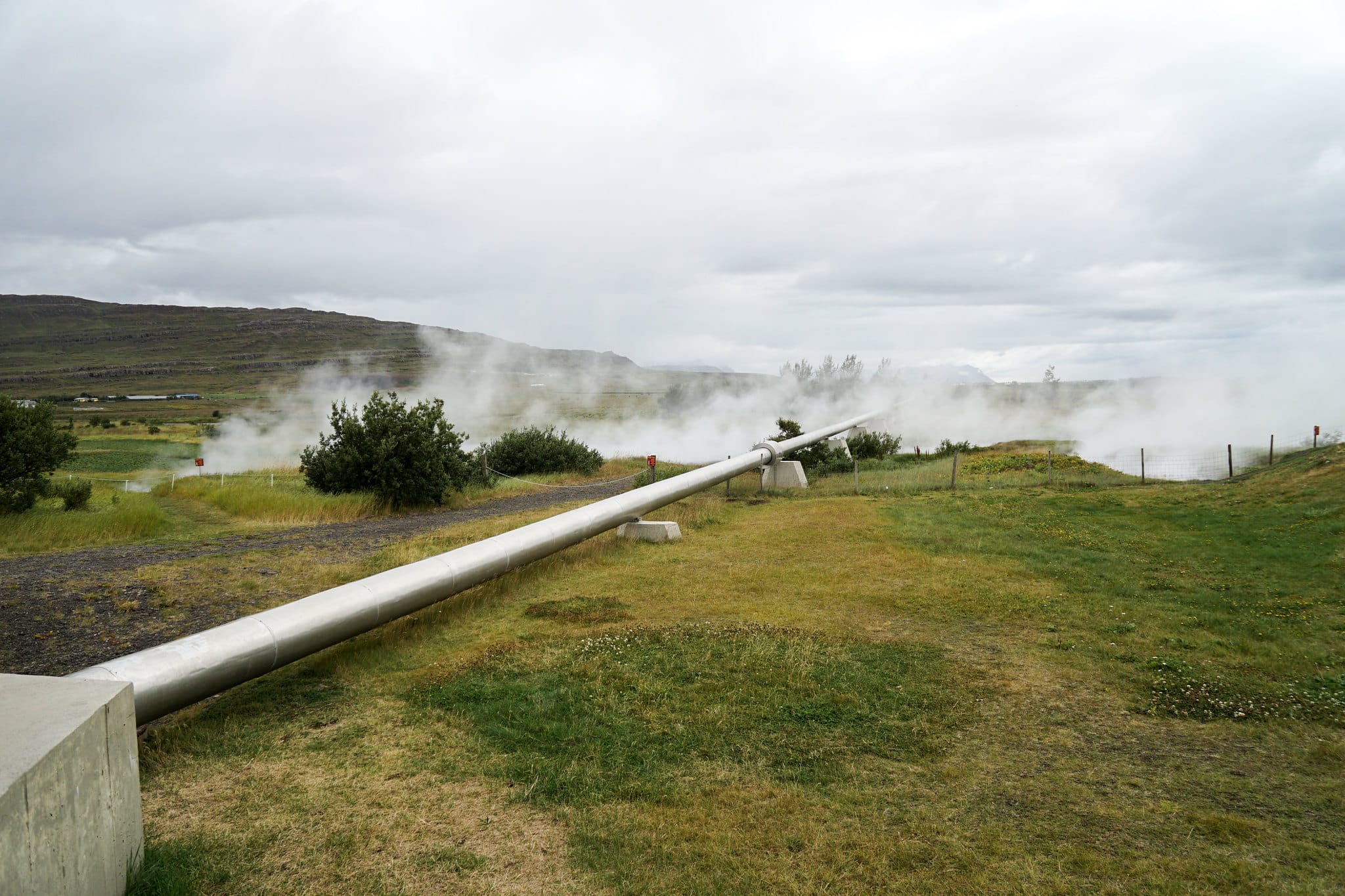Carbon Capture Use and Storage
Type
Areas of deployment
Proposal
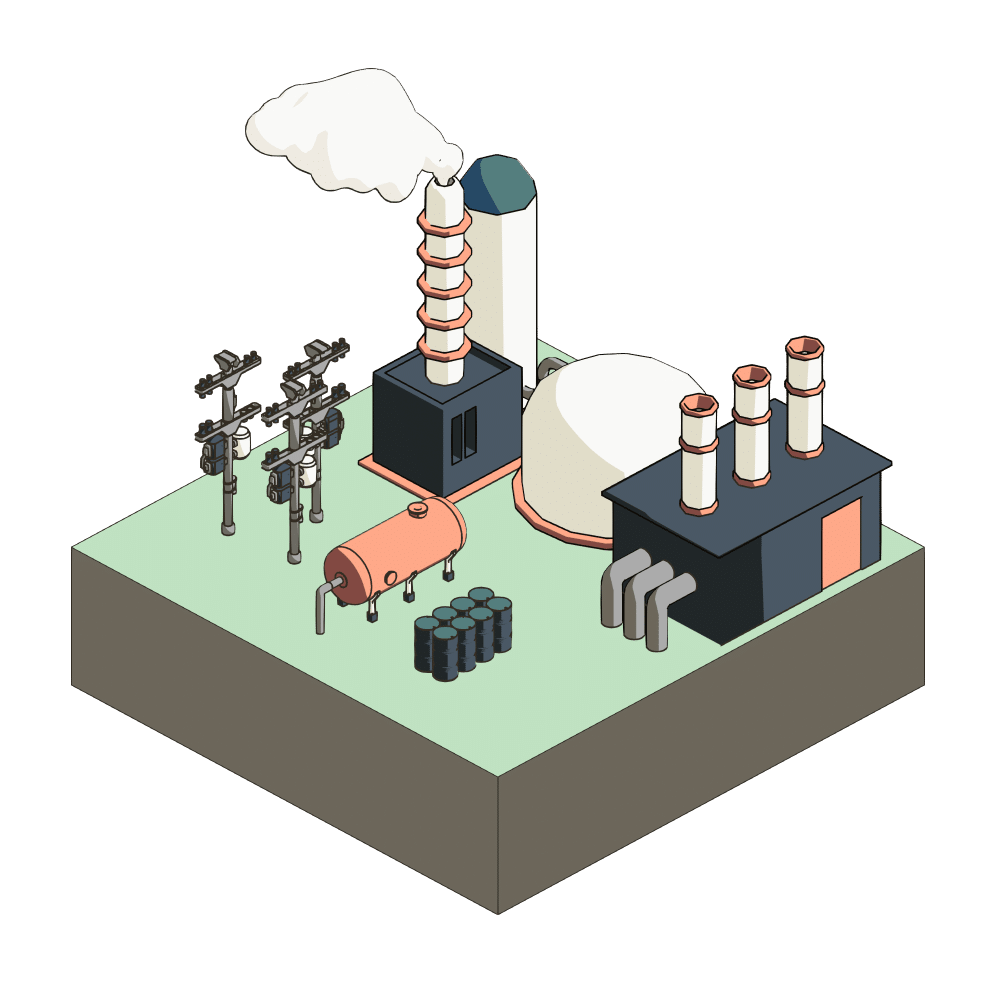
Featured project
Show on map
Latest technology update
Show update
Description and purpose of the technology
CCUS is a proposed Carbon Dioxide Removal (CDR) strategy that, instead of injecting the captured carbon dioxide into geological formations for permanent storage, aims to use it first for an alternative purpose before it is stored. CCUS usually involves capturing carbon dioxide from industrial sources or directly from the atmosphere, and then using it as a feedstock in manufacturing, where the carbon is then “stored” in manufactured products for varying amounts of time.
There are a number of different CCUS pathways, including Enhanced Oil Recovery (EOR), carbon dioxide-based chemicals and fuels, microalgae-based fuels and products, carbon dioxide-based plastics, carbon dioxide used in construction materials and carbon dioxide used for agriculture, food and animal feed. [1] CCUS attempts to make Carbon Capture and Storage (CCS) more profitable, where products using the captured carbon can be sold to generate revenue, rather than incurring the costs of geological storage. Whilst many CCUS pathways are still theoretical, many technologies are already being commercialized.
The primary critique of CCUS—as with other carbon capture technologies—is that it provides an excuse for continued carbon emissions, and in particular the combustion of fossil fuels, thus delaying urgent emissions reductions and enabling the acute environmental justice, health and economic impacts that this causes. There is also little evidence that CCUS has the potential to contribute to climate mitigation efforts at a meaningful scale.
Furthermore, the captured carbon dioxide emissions are not permanently stored but are embedded in products where the carbon is usually quickly re-released into the atmosphere through combustion or decomposition processes when the products are used. Additionally, CCUS is based on carbon dioxide removal technologies that are very energy-intensive, costly and technologically challenging. [2] This means that, when taking into account the full impacts of production, transport and infrastructure costs, many if not most CCUS pathways are likely to lead to more emissions overall, and a net negative climate impact (see Technology Briefing on CCS).
Actors involved
Most CCUS projects are based in North America, Europe, China, India and Japan, and many receive financial support from foundations, industry and public sources. Industrial sponsors come primarily from energy-intensive industries, among them British Airways, Chevron, ExxonMobil, HuaNeng Group, Indo Gulf Fertilizer Co., and Occidental Petroleum. The US-DOE is the largest public investor. [3]
Enhanced Oil Recovery (EOR)
While CCUS terminology is sometimes used to distance CCS from EOR, EOR is by far the single biggest use of captured carbon dioxide globally, and likely to be the most profitable market for captured carbon dioxide in the future. EOR involves injecting pressurized carbon dioxide into aging oil wells in order to recover otherwise inaccessible reserves, allowing the extraction of up to 50% more of the oil originally held in an oil field. Naturally-occurring carbon dioxide is used most commonly because it is cheap and widely available, but using carbon dioxide from anthropogenic sources is becoming more common, [4] particularly from CCS installations in North America. For example, of 21 operational, commercial-scale CCS facilities world-wide in 2021, the carbon dioxide captured by 16 of them was used for EOR, and both facilities listed as being under construction were also tied to EOR. [5] EOR is certainly carbon capture and use, but it is not storage—estimates indicate that about 30% of the carbon dioxide used in EOR returns back to the surface with the retrieved oil, and any carbon dioxide that does stay underground enables even greater emissions from the extra oil that is extracted and then burned. [6] EOR is discussed in more detail in the CCS technology page.
Carbon dioxide-based chemicals and fuels
Another idea is to use captured carbon dioxide as a feedstock for chemicals and fuels. This can be achieved through carboxylation reactions where the carbon dioxide molecule is used to produce chemicals such as methane, methanol, syngas, urea and formic acid. Carbon dioxide can also be used as a feedstock to produce fuels, for example through the Fischer–Tropsch process. However, carbon dioxide is a highly stable molecule thermodynamically, which is why reactions using carbon dioxide usually require considerable amounts of energy. Furthermore, chemicals and fuels are usually stored for less than six months before they are used, meaning that the carbon dioxide is released back into the atmosphere very quickly. [7] As with EOR, this is use, but not storage.
Creating biofuels and other products from microalgae
This approach aims to use microalgae to fix captured carbon dioxide and use the harvested algae as a feedstock for producing biofuels, animal feed, nutraceuticals and cosmetics. Most projects, the majority still in a fledgling state, plan to redirect carbon dioxide-rich emissions from industrial facilities into algae ponds or photobioreactors. [8] Whether or not microalgae that have been in direct contact with polluted effluents can be successfully marketed for high-value products such as cosmetics remains to be seen. Some approaches being developed involve the use of genetically modified algae, for example to improve tolerance to high levels of carbon dioxide or to introduce an ethylene-producing gene. [9] Containment of the organisms in production facilities would be next to impossible, and the consequences of escape for human health and ecosystems are unknown. [10] Roughly 40% of the approximately 50 known algae-based CCUS projects have ceased their activities in recent years, and the majority of the remaining projects are in the development stages and aim to develop biofuels. [11]
Carbon dioxide-based plastics
The California-based Newlight Technologies and the UK-based Econic Technologies are developing processes to convert captured carbon dioxide into plastic materials. [12] Besides having a questionable energy balance, this technology would only be an effective carbon capture approach if the plastics never degraded, or were never incinerated as waste.
Carbon dioxide used in construction materials
In the construction sector, a small number of companies have developed and patented processes to turn captured carbon dioxide into calcium or magnesium carbonate to produce materials such as building blocks, roofing tiles or fill material. During this mineral carbonation process, carbon dioxide reacts with a metal oxide such as magnesium or calcium to form carbonates. The process is similar to Enhanced Weathering (see Technology Briefing on Enhanced Weathering) where silicate and carbonate minerals rich in calcium and magnesium react with atmospheric carbon dioxide to turn into stable carbonates. As with Enhanced Weathering, the energy costs including the mining, transportation and processing of the minerals are huge. These likely outweigh any benefits of the approach.
The Finnish research project BECCU aims to develop insulation materials for the construction sector, using carbon dioxide and hydrogen as the feedstock, and two Canadian companies are developing substitutes for cement. Terra CO2 Technology Ltd. is developing a process to convert carbon dioxide and mine waste into cementitious materials, and Carbicrete has received public and private funding to develop a concrete made from steel slag and carbon dioxide.
All of these approaches have the objective of locking carbon dioxide into construction materials as a way of “greening” the very significant emissions that the industry is responsible for. They could, in theory, be capable of storing a fraction of the emitted carbon dioxide over more meaningful timescales. However, they are all associated with considerable energy costs which can result in significant impacts. [13]
Carbon dioxide used for agriculture, food and animal feed
These pathways use carbon dioxide as a feedstock for producing food and drinks and animal feed, and to fertilize greenhouses. Products under development include proteins for aquaculture feeds and meat substitutes, alcoholic beverages and beverage-grade carbon dioxide. With each of these approaches, as soon as the food or feed is digested or decomposes a significant amount of the carbon will be re-released into the atmosphere within a short period, despite the high energy costs of capturing it in the first place. In the case of carbon dioxide fertilization in greenhouses, a pathway promoted by several Direct Air Capture companies, the complete absorption of the carbon dioxide by greenhouse crops is not achievable, meaning that some of it will escape. [14]
Reality check
Hundreds of millions of dollars have been invested by industry and public sources into CCUS projects, and all of the technologies described above are being commercialized to varying extents and levels of success. However, the large majority of them are still in the development stage. With the exception of EOR, which is a well-established process, the companies involved tend to be start-ups aiming to profit from the hype around so-called “negative emissions”, in an attempt to increase the value of captured carbon dioxide. [15]
Further reading
ETC Group and Heinrich Böll Foundation, “Geoengineering Map”, https://map.geoengineeringmonitor.org/
Geoengineering Monitor (2020), An introduction to CCUS proposals and their viability, https://www.geoengineeringmonitor.org/2020/07/can-captured-carbon-be-put-to-use/
End notes
[1] ETC Group and Heinrich Böll Foundation (2020) Geoengineering Map, https://map.geoengineeringmonitor.org/
[2] Ibid; Heinrich Böll Foundation and ETC Group (2020) Geoengineering – Technology Briefing: Direct Air Capture (DAC), October 2020, https://www.geoengineeringmonitor.org/2020/10/direct-air-capture-2/
[3] ETC Group and Heinrich Böll Foundation (2020) Geoengineering Map, https://map.geoengineeringmonitor.org/
[4] Cuéllar-Franca and Azapagic (2015) Carbon capture, storage and utilisation technologies: A critical analysis and comparison of their life cycle environmental impacts, Journal of CO2 Utilization, Vol. 9: 82 – 102, https://doi.org/10.1016/j.jcou.2014.12.001; Heinrich Böll Foundation and ETC Group (2020) Geoengineering – Technology Briefing: Carbon Capture and Storage (CCS)
[5] Global CCS Institute (2019) Global Status Of CCS 2019, https://www.globalccsinstitute.com/wp-content/uploads/2019/12/GCC_GLOBAL_STATUS_REPORT_2019.pdf; Global CCS Institute (2020) Global CCS Institute welcomes the 20th and 21st large-scale CCS facilities into operation, published: June 3, 2020, https://www.globalccsinstitute.com/news-media/press-room/media-releases/global-ccs-institute-welcomes-the-20th-and-21st-large-scale-ccs-facilities-into-operation/
[6] Cuéllar-Franca and Azapagic (2015); Heinrich Böll Foundation and ETC Group (2020) Geoengineering – Technology Briefing: Carbon Capture and Storage (CCS)
[7] For more information see: https://en.wikipedia.org/wiki/Fischer%E2%80%93Tropsch_process; ETC Group and Heinrich Böll Foundation (2020) Geoengineering Map, https://map.geoengineeringmonitor.org/
[8] ETC Group and Heinrich Böll Foundation (2020) Geoengineering Map, https://map.geoengineeringmonitor.org/
[9] Heikkinen (2015) Genetically Modified Algae Could Replace Oil for Plastics, in: Scientific American, published: August 17, 2015, https://www.scientificamerican.com/article/genetically-modified-algae-could-replace-oil-for-plastic/; Wei, et al. (2019) Knockdown of carbonate anhydrase elevates Nannochloropsis productivity at high CO2 level, in: Metabolic Engineering, Vol. 54: 96 – 108, https://doi.org/10.1016/j.ymben.2019.03.004
[10] Biofuelwatch (2017) Microalgae Biofuels Myths and Risks, published: September 2017, https://www.biofuelwatch.org.uk/wp-content/uploads/Microalgae-Biofuels-Myths-and-Risks-FINAL.pdf
[11] ETC Group and Heinrich Böll Foundation (2020) Geoengineering Map, https://map.geoengineeringmonitor.org/
[12] ETC Group and Heinrich Böll Foundation (2020) Geoengineering Map: Econic Technologies Ltd, https://map.geoengineeringmonitor.org/Carbon-Cioxide-Removal/econic-technologies-ltd/ ; ETC Group and Heinrich Böll Foundation (2020) Geoengineering Map: Newlight Technologies, https://map.geoengineeringmonitor.org/Carbon-Cioxide-Removal/newlight-technologies/
[13] Cuéllar-Franca and Azapagic (2015); ETC Group and Heinrich Böll Foundation (2020) Geoengineering Map, https://map.geoengineeringmonitor.org/
[14] ETC Group and Heinrich Böll Foundation (2020) Geoengineering Map, https://map.geoengineeringmonitor.org/
[15] ETC Group and Heinrich Böll Foundation (2020) Geoengineering Map, https://map.geoengineeringmonitor.org/
Carbon Capture Use and Storage
TIPO
Zonas de despliegue
Propuesta

Proyecto destacado
Mostrar en el mapa
Última actualización de la tecnología
Mostrar actualización
Descripción y propósito de la tecnología
CCUS is a proposed Carbon Dioxide Removal (CDR) strategy that, instead of injecting the captured carbon dioxide into geological formations for permanent storage, aims to use it first for an alternative purpose before it is stored. CCUS usually involves capturing carbon dioxide from industrial sources or directly from the atmosphere, and then using it as a feedstock in manufacturing, where the carbon is then “stored” in manufactured products for varying amounts of time.
There are a number of different CCUS pathways, including Enhanced Oil Recovery (EOR), carbon dioxide-based chemicals and fuels, microalgae-based fuels and products, carbon dioxide-based plastics, carbon dioxide used in construction materials and carbon dioxide used for agriculture, food and animal feed. [1] CCUS attempts to make Carbon Capture and Storage (CCS) more profitable, where products using the captured carbon can be sold to generate revenue, rather than incurring the costs of geological storage. Whilst many CCUS pathways are still theoretical, many technologies are already being commercialized.
The primary critique of CCUS—as with other carbon capture technologies—is that it provides an excuse for continued carbon emissions, and in particular the combustion of fossil fuels, thus delaying urgent emissions reductions and enabling the acute environmental justice, health and economic impacts that this causes. There is also little evidence that CCUS has the potential to contribute to climate mitigation efforts at a meaningful scale.
Furthermore, the captured carbon dioxide emissions are not permanently stored but are embedded in products where the carbon is usually quickly re-released into the atmosphere through combustion or decomposition processes when the products are used. Additionally, CCUS is based on carbon dioxide removal technologies that are very energy-intensive, costly and technologically challenging. [2] This means that, when taking into account the full impacts of production, transport and infrastructure costs, many if not most CCUS pathways are likely to lead to more emissions overall, and a net negative climate impact (see Technology Briefing on CCS).
Actores involucrados
Most CCUS projects are based in North America, Europe, China, India and Japan, and many receive financial support from foundations, industry and public sources. Industrial sponsors come primarily from energy-intensive industries, among them British Airways, Chevron, ExxonMobil, HuaNeng Group, Indo Gulf Fertilizer Co., and Occidental Petroleum. The US-DOE is the largest public investor. [3]
Enhanced Oil Recovery (EOR)
While CCUS terminology is sometimes used to distance CCS from EOR, EOR is by far the single biggest use of captured carbon dioxide globally, and likely to be the most profitable market for captured carbon dioxide in the future. EOR involves injecting pressurized carbon dioxide into aging oil wells in order to recover otherwise inaccessible reserves, allowing the extraction of up to 50% more of the oil originally held in an oil field. Naturally-occurring carbon dioxide is used most commonly because it is cheap and widely available, but using carbon dioxide from anthropogenic sources is becoming more common, [4] particularly from CCS installations in North America. For example, of 21 operational, commercial-scale CCS facilities world-wide in 2021, the carbon dioxide captured by 16 of them was used for EOR, and both facilities listed as being under construction were also tied to EOR. [5] EOR is certainly carbon capture and use, but it is not storage—estimates indicate that about 30% of the carbon dioxide used in EOR returns back to the surface with the retrieved oil, and any carbon dioxide that does stay underground enables even greater emissions from the extra oil that is extracted and then burned. [6] EOR is discussed in more detail in the CCS technology page.
Carbon dioxide-based chemicals and fuels
Another idea is to use captured carbon dioxide as a feedstock for chemicals and fuels. This can be achieved through carboxylation reactions where the carbon dioxide molecule is used to produce chemicals such as methane, methanol, syngas, urea and formic acid. Carbon dioxide can also be used as a feedstock to produce fuels, for example through the Fischer–Tropsch process. However, carbon dioxide is a highly stable molecule thermodynamically, which is why reactions using carbon dioxide usually require considerable amounts of energy. Furthermore, chemicals and fuels are usually stored for less than six months before they are used, meaning that the carbon dioxide is released back into the atmosphere very quickly. [7] As with EOR, this is use, but not storage.
Creating biofuels and other products from microalgae
This approach aims to use microalgae to fix captured carbon dioxide and use the harvested algae as a feedstock for producing biofuels, animal feed, nutraceuticals and cosmetics. Most projects, the majority still in a fledgling state, plan to redirect carbon dioxide-rich emissions from industrial facilities into algae ponds or photobioreactors. [8] Whether or not microalgae that have been in direct contact with polluted effluents can be successfully marketed for high-value products such as cosmetics remains to be seen. Some approaches being developed involve the use of genetically modified algae, for example to improve tolerance to high levels of carbon dioxide or to introduce an ethylene-producing gene. [9] Containment of the organisms in production facilities would be next to impossible, and the consequences of escape for human health and ecosystems are unknown. [10] Roughly 40% of the approximately 50 known algae-based CCUS projects have ceased their activities in recent years, and the majority of the remaining projects are in the development stages and aim to develop biofuels. [11]
Carbon dioxide-based plastics
The California-based Newlight Technologies and the UK-based Econic Technologies are developing processes to convert captured carbon dioxide into plastic materials. [12] Besides having a questionable energy balance, this technology would only be an effective carbon capture approach if the plastics never degraded, or were never incinerated as waste.
Carbon dioxide used in construction materials
In the construction sector, a small number of companies have developed and patented processes to turn captured carbon dioxide into calcium or magnesium carbonate to produce materials such as building blocks, roofing tiles or fill material. During this mineral carbonation process, carbon dioxide reacts with a metal oxide such as magnesium or calcium to form carbonates. The process is similar to Enhanced Weathering (see Technology Briefing on Enhanced Weathering) where silicate and carbonate minerals rich in calcium and magnesium react with atmospheric carbon dioxide to turn into stable carbonates. As with Enhanced Weathering, the energy costs including the mining, transportation and processing of the minerals are huge. These likely outweigh any benefits of the approach.
The Finnish research project BECCU aims to develop insulation materials for the construction sector, using carbon dioxide and hydrogen as the feedstock, and two Canadian companies are developing substitutes for cement. Terra CO2 Technology Ltd. is developing a process to convert carbon dioxide and mine waste into cementitious materials, and Carbicrete has received public and private funding to develop a concrete made from steel slag and carbon dioxide.
All of these approaches have the objective of locking carbon dioxide into construction materials as a way of “greening” the very significant emissions that the industry is responsible for. They could, in theory, be capable of storing a fraction of the emitted carbon dioxide over more meaningful timescales. However, they are all associated with considerable energy costs which can result in significant impacts. [13]
Carbon dioxide used for agriculture, food and animal feed
These pathways use carbon dioxide as a feedstock for producing food and drinks and animal feed, and to fertilize greenhouses. Products under development include proteins for aquaculture feeds and meat substitutes, alcoholic beverages and beverage-grade carbon dioxide. With each of these approaches, as soon as the food or feed is digested or decomposes a significant amount of the carbon will be re-released into the atmosphere within a short period, despite the high energy costs of capturing it in the first place. In the case of carbon dioxide fertilization in greenhouses, a pathway promoted by several Direct Air Capture companies, the complete absorption of the carbon dioxide by greenhouse crops is not achievable, meaning that some of it will escape. [14]
Visión realista
Hundreds of millions of dollars have been invested by industry and public sources into CCUS projects, and all of the technologies described above are being commercialized to varying extents and levels of success. However, the large majority of them are still in the development stage. With the exception of EOR, which is a well-established process, the companies involved tend to be start-ups aiming to profit from the hype around so-called “negative emissions”, in an attempt to increase the value of captured carbon dioxide. [15]
Lectura complementaria
ETC Group and Heinrich Böll Foundation, “Geoengineering Map”, https://map.geoengineeringmonitor.org/
Geoengineering Monitor (2020), An introduction to CCUS proposals and their viability, https://www.geoengineeringmonitor.org/2020/07/can-captured-carbon-be-put-to-use/
Notas finales
[1] ETC Group and Heinrich Böll Foundation (2020) Geoengineering Map, https://map.geoengineeringmonitor.org/
[2] Ibid; Heinrich Böll Foundation and ETC Group (2020) Geoengineering – Technology Briefing: Direct Air Capture (DAC), October 2020, https://www.geoengineeringmonitor.org/2020/10/direct-air-capture-2/
[3] ETC Group and Heinrich Böll Foundation (2020) Geoengineering Map, https://map.geoengineeringmonitor.org/
[4] Cuéllar-Franca and Azapagic (2015) Carbon capture, storage and utilisation technologies: A critical analysis and comparison of their life cycle environmental impacts, Journal of CO2 Utilization, Vol. 9: 82 – 102, https://doi.org/10.1016/j.jcou.2014.12.001; Heinrich Böll Foundation and ETC Group (2020) Geoengineering – Technology Briefing: Carbon Capture and Storage (CCS)
[5] Global CCS Institute (2019) Global Status Of CCS 2019, https://www.globalccsinstitute.com/wp-content/uploads/2019/12/GCC_GLOBAL_STATUS_REPORT_2019.pdf; Global CCS Institute (2020) Global CCS Institute welcomes the 20th and 21st large-scale CCS facilities into operation, published: June 3, 2020, https://www.globalccsinstitute.com/news-media/press-room/media-releases/global-ccs-institute-welcomes-the-20th-and-21st-large-scale-ccs-facilities-into-operation/
[6] Cuéllar-Franca and Azapagic (2015); Heinrich Böll Foundation and ETC Group (2020) Geoengineering – Technology Briefing: Carbon Capture and Storage (CCS)
[7] For more information see: https://en.wikipedia.org/wiki/Fischer%E2%80%93Tropsch_process; ETC Group and Heinrich Böll Foundation (2020) Geoengineering Map, https://map.geoengineeringmonitor.org/
[8] ETC Group and Heinrich Böll Foundation (2020) Geoengineering Map, https://map.geoengineeringmonitor.org/
[9] Heikkinen (2015) Genetically Modified Algae Could Replace Oil for Plastics, in: Scientific American, published: August 17, 2015, https://www.scientificamerican.com/article/genetically-modified-algae-could-replace-oil-for-plastic/; Wei, et al. (2019) Knockdown of carbonate anhydrase elevates Nannochloropsis productivity at high CO2 level, in: Metabolic Engineering, Vol. 54: 96 – 108, https://doi.org/10.1016/j.ymben.2019.03.004
[10] Biofuelwatch (2017) Microalgae Biofuels Myths and Risks, published: September 2017, https://www.biofuelwatch.org.uk/wp-content/uploads/Microalgae-Biofuels-Myths-and-Risks-FINAL.pdf
[11] ETC Group and Heinrich Böll Foundation (2020) Geoengineering Map, https://map.geoengineeringmonitor.org/
[12] ETC Group and Heinrich Böll Foundation (2020) Geoengineering Map: Econic Technologies Ltd, https://map.geoengineeringmonitor.org/Carbon-Cioxide-Removal/econic-technologies-ltd/ ; ETC Group and Heinrich Böll Foundation (2020) Geoengineering Map: Newlight Technologies, https://map.geoengineeringmonitor.org/Carbon-Cioxide-Removal/newlight-technologies/
[13] Cuéllar-Franca and Azapagic (2015); ETC Group and Heinrich Böll Foundation (2020) Geoengineering Map, https://map.geoengineeringmonitor.org/
[14] ETC Group and Heinrich Böll Foundation (2020) Geoengineering Map, https://map.geoengineeringmonitor.org/
[15] ETC Group and Heinrich Böll Foundation (2020) Geoengineering Map, https://map.geoengineeringmonitor.org/
